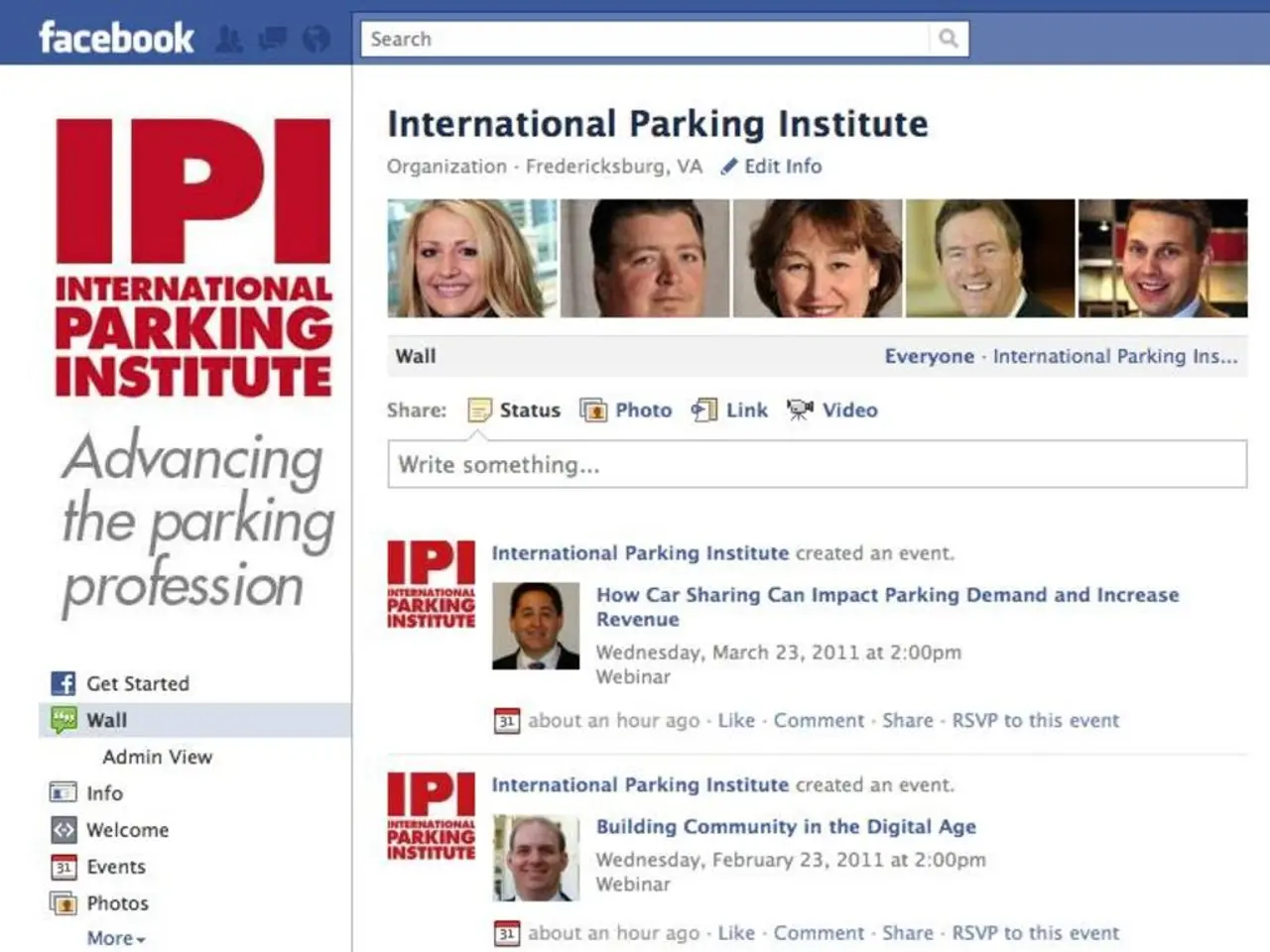Experience of Success at Work Leaves Numerous Individuals Feeling Void
In today's fast-paced work environment, ambition is a common factor that attracts high achievers who value challenge and relentless effort. However, this relentless drive can lead to a phenomenon known as ambition fatigue, a condition that is hard to detect as it hides behind high output.
Ambition fatigue is a result of systems designed to keep people striving without pause. It is manifested through sudden cynicism, withdrawal from optional projects, or reluctance to celebrate wins. Many top performers are experiencing burnout due to emotional stress from never feeling allowed to stop striving.
Organisations should treat energy as a strategic asset, protecting it to sustain performance at elite levels. Leaders can disrupt this cycle by making progress visible and finite, building natural plateaus into career paths. This approach fosters greater resilience and long-term productivity by balancing intense work phases with regenerative cycles.
Leaders can normalize strategic pause points by scheduling intentional slow phases after major sprints. These pause phases can be used for reflection, skill-building, or lighter workloads. Careers can be framed as cycles of exploration, consolidation, and renewal, mirroring how elite athletes train.
Sustained motivation requires autonomy, mastery, and relatedness, but constant external pressure undermines all three. Leaders may assume performance equals engagement, but high output can mask emotional depletion. Broadening the definition of achievement to include lateral growth, skill deepening, or mentoring others can reduce pressure without reducing ambition.
Including sustainability metrics in performance reviews, such as engagement, team development, and burnout avoidance, can help counter the current rewards system. Leaders can redesign incentives to reward sustainability instead of visible overextension. Providing access to coaches who help plan paced growth paths can reduce the fear of slowing down for ambitious professionals.
Leaders should model pauses themselves to signal that rest is not a sign of weakness. Ambition should be redefined as sustainable drive, shifting from a linear approach to a seasonal one. This shift can help prevent ambitious exhaustion and foster a healthier, more productive work culture.
Many companies try to prevent ambitious exhaustion by shifting the work culture from a constantly running race to a cyclical transformation. This transformation aims to reduce stress, avoid burnout, and promote sustainable energy flow, allowing employees to recover and recharge periodically instead of being in a continuous high-pressure mode.
In conclusion, addressing ambition fatigue requires a shift in perspective and a redesign of the rewards system. By treating energy as a strategic asset, scheduling intentional slow phases, broadening the definition of achievement, and promoting sustainable drive, workplaces can foster a healthier, more productive culture that values long-term success over short-term output.
Read also:
- Setting Up and Expanding Operations at a Soil Blending Facility
- Regional University's healthcare system strengthened through collaborative partnership with Chancellor Dr Fiona Hill
- Reminisced University Trustee David M. Flaum as a 'fervent advocate' for the University and community
- Creating Snack Options for Toddlers that Encourage Nutritional Balance








